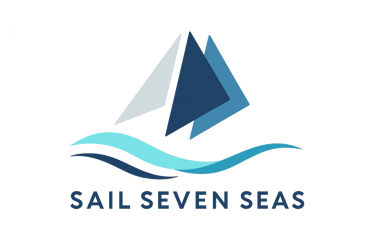Departure Plans go Awry: Embracing an Unexpected Night in Kuching
The final approach to Kuching turned into a interesting midnight pilotage, battling a lightning storm and a torrential downpour while navigating the vast, hazard-filled river past unlit buoys and debris before reaching the shockingly rickety marina. Our hopes for a quick turnaround were dashed by the diesel procurement; a comedy of errors involving 24 jerry cans and a "locals only" price meant the only solution was to schedule a late-night tanker truck. This delay forced us to embrace an unexpected but welcome change of plans, seizing the opportunity for a day of local food, beer and sights in the city.
Jason Haigh
10/15/20254 min read
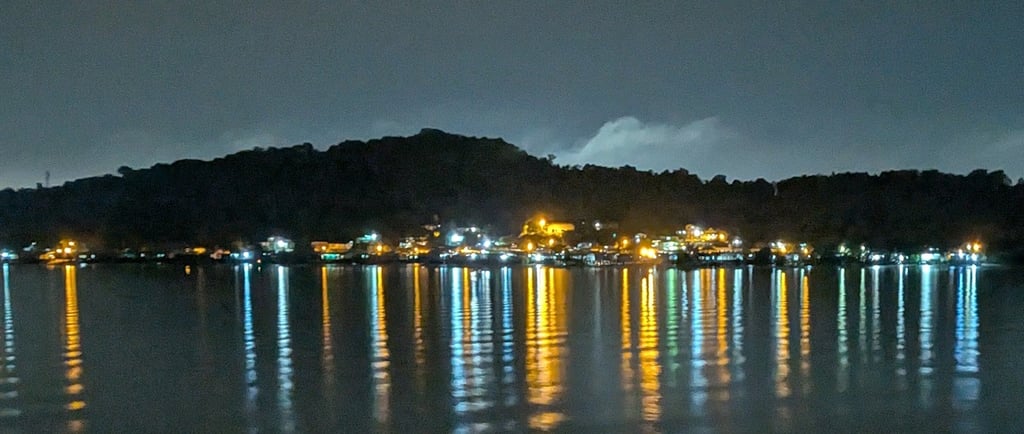

A Sailor’s Omen and the Midnight Storm
We unexpectedly gained a passenger on our passage to Kuching - a very tame swallow flew into the boat and seemed comfortable settling in various parts of the cockpit and cabin. It was a good sign, a sailor's homecoming, confirming we were nearing land and our next destination. For an hour or so, the swallow happily caught a ride perched on the chart table – and was polite as well.

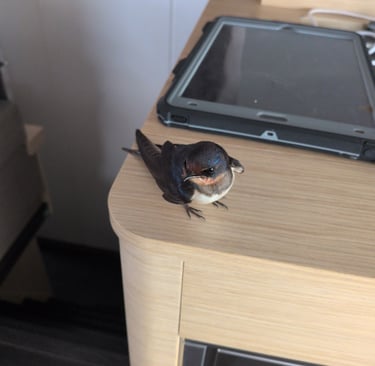
We closed the coast outside Kuching around midnight. With about 15 NM to go, we were given another spectacular lightning storm, which turned more threatening as we approached the vast river mouth. With 10 nautical miles left, the storm broke, unleashing a torrential downpour with the occasional lightning bolt to ground (or was it the sea!). Battling a decent headwind, dense rain, and no moonlight, visibility dropped – it’s hard to peer into biting rain. The buoyage markers didn't appear until we were barely 100 meters away, a scenario made confusing by the fact that some were out of position and others lacked lights – in the end we followed the charts leading lines and our GPS position.
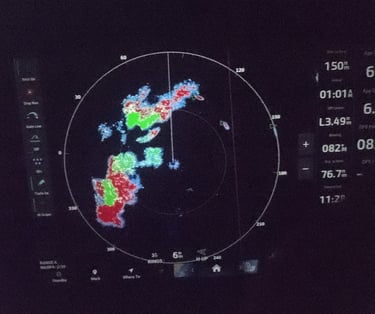

Navigating the River Gauntlet
Having made it into the river, the only light came from the buildings and docks lining the shore, casting just enough glow to reveal a host of unlit hazards: shipping buoys, debris islands, and decent-sized palm tree logs (big enough to put a hole in Jack’s boat). We slowly progressed the final 10 nautical miles upriver to the so-called Kuching Marina—an interesting moniker for a few floating walkways tied haphazardly to piles. Arriving finally at 3 am, we were confronted by a strong current, forcing us to execute a careful drive-by before identifying the only spot our catamaran could possibly fit. As I manoeuvred the boat, Matt had to tie up with extreme caution, as the dock was visibly falling apart. We finished the night with a glass of wine (or two), optimistically planning our clearance paperwork for the Philippines and the procurement of 800 litres of diesel. I certainly felt the wine was boosting our optimism regarding the ease of both tasks.
Dilapidated Pontoons and Grand Plans
In the morning light, the state of the pontoons was truly an eye-opener: broken boards, smashed power pylons, and missing arms. The pontoon we had tied up to was literally secured by only a couple of worn, fraying ropes. They were incredibly rickety; I could easily picture one of us taking an early morning swim in the murky river water – not recommended given that salties could be lurking nearby.
The first hurdle was the diesel; we decided not to use the Kuching contact given us by the agent at Langkawi because the Kuching guy wanted a $1,500 commission to facilitate this – we could organise this ourselves 😊. To refill, we needed a ute, van, or large car—and preferably someone to drive it and assist with the filling process at the petrol station. Our first plan was to ask the taxi driver who ferried us to the Customs and Immigration offices, but we quickly sensed that wasn't going to pan out.
The Friendly Immigration Officers
After completing all our official clearing-out paperwork, we asked the friendly Immigratoin Officer for a local contact who could help us. I couldn’t believe our luck, he and his colleague offered to assist us themselves once they finished work at noon! What a contrast to the protocols in Australia or New Zealand, where the minute you clear out, you must leave.
Duly, at noon, our officials arrived in an SUV, ready to help with the refill. We had 24 jerry cans to fill, twice over! After negotiating a price for the five or six trips required, Matt set off with Eddy and Sid.
The Diesel Dilemma and the Tanker Solution
Matt recounted the ensuing chaos: upon arriving at the station and unloading all 24 jerry cans around the pump, an attendant rushed out, gesticulating wildly at a tiny sign that stipulated only one jerry can per customer. Bugger.
It turned out that the 80 cents per litre diesel at the pump was strictly for locals. Non-locals had to organize a bowser and pay $1.75 per litre. (Hmmm, turns out the original Kuching guy was maybe not so bad after all). Thankfully, Eddy used his local knowledge and translation skills to arrange for a tanker truck to come to the marina and refill our jerry cans.


A New Plan: City Sights and a Delayed Departure
The earliest they could arrive, however, was 7 pm, instantly canning our afternoon departure plan. Like so many passage plans, we adjusted, deciding to use the afternoon to see the city, enjoy local food and beer, and depart in the morning—an adjustment that was always easy to make.
Next time, I'll recount our day in the lovely city of Kuching and the eventful refilling of the fuel on the boat...
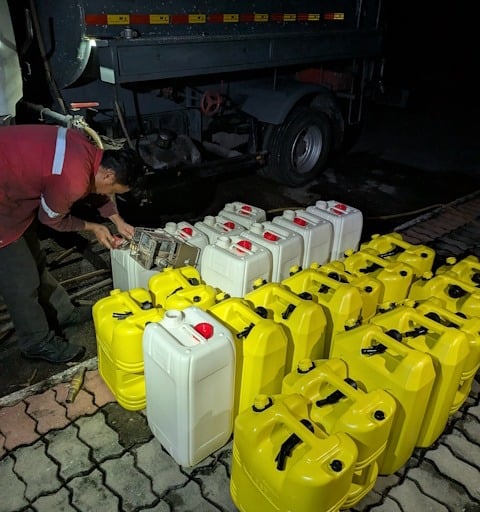

Join Us In Adventure
A unique sailing adventure where you get to adjust the passage plan to include places that interest you!
If the weather allows and crew think it's cool then it'll happen.
Connect
info@sailsevenseas.com
+61 406 708002
© 2025. All rights reserved.
